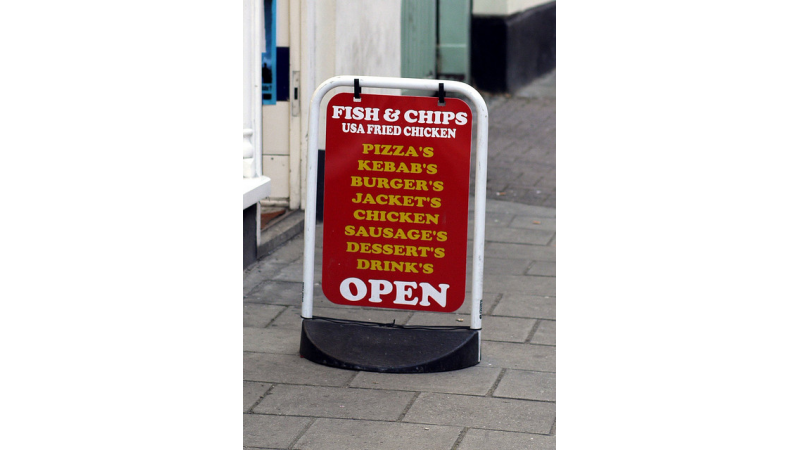 Today marks the third installment in the Word Nerd Wednesday series. The focus: punctuation that I didn't realize had a specific name. Have you heard of these? Any others you'd add? I'd love to hear 'em!
Today marks the third installment in the Word Nerd Wednesday series. The focus: punctuation that I didn't realize had a specific name. Have you heard of these? Any others you'd add? I'd love to hear 'em!
- Apostrophes can be tricky--so much so that they deserve their own Word Nerd Wednesday post. (Stay tuned!) I've often seen apostrophes placed incorrectly, but until recently, didn't know that an apostrophe erroneously inserted before the final "s" in a plural form of a word has a name of its own: a greengrocers' apostrophe (or grocer's apostrophe. Don't get me started on the irony of the apostrophe placement...). Take, for example, apples or pies. With a greengrocers' apostrophe, they'd be written apple's or pie's. (The image in this post has other examples.) Who knew that specific little apostrophe had a particular name?
- Remember learning long-division in elementary school? I sure do. One thing I don't remember: being taught that the division sign (÷) is called an obelus (deriving from the Ancient Greek word for a sharpened stick, spit, or pointed pillar). Fun fact: the obelus was supposedly used in ancient manuscripts to mark passages that were questionable.
- In American English, we use quotation marks to denote speech, but in French (among other languages, like Italian and Russian), they use something called guillemets. You might recognize them as this little symbol: « » (or the single version: ‹ and ›). Guillemets are also used in computer programming language and to indicate direction or navigation (for example, on an iPod).
- I vote we use the interrobang (‽) more often. A hybrid of a question mark and an exclamation point, it's the perfect way to punctuate a rhetorical question. (Example: Did you see what he did there‽)
Image via The Justified Sinner on Flickr



